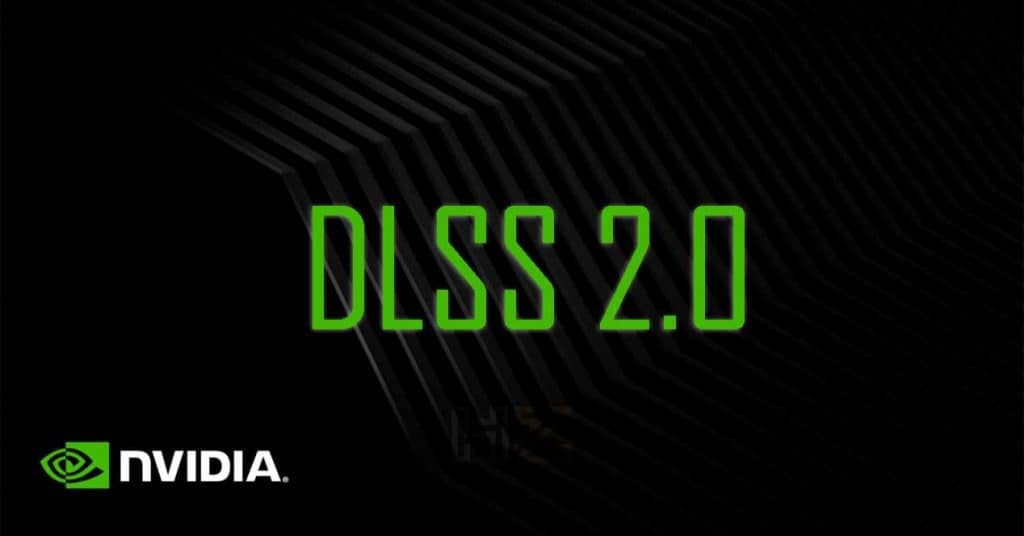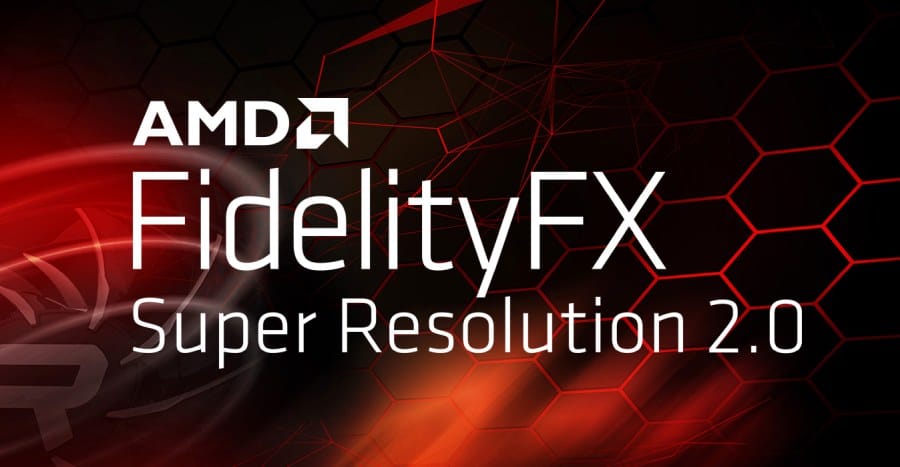Let's talk about FSR, DLSS and the importance of rescaling and why they are technologies that should catch your attention.
Post content:
FSR, DLSS and the importance of rescaling
NVIDIA DLSS (Deep Learning Super Sampling)

DLSS (Deep Learning Super Sample) It is a proprietary technology Nvidia that uses the Tensor Cores to carry out a rescaling process with the help of a AI that finally increases our framerate, all for free and as easy as activating the option DLSS in the game menu.
Explained more technically, DLSS take the image (input) and rescaling to a lower resolution, then AI Deep Learning makes use of specific cores for this task, the Tensor Cores, takes this image at a lower resolution and rescales it to a higher resolution, the final result of this process is an image very similar in quality to the original (output) but managing to increase performance in some cases by up to 100%.
The idea of Nvidia in back of DLSS It is not that we can extend the life of our GPUs and spend less, which would be counterproductive for brands, but rather support their technology. RT (Ray Tracing) which is very demanding and without DLSS It's difficult to get 60fps even with the highest-end graphics.
AMD FSR (FidelityFX Super Resolution)

As to AMD FSR (FidelityFX Super Resolution), the idea is very similar to DLSS although very different at the same time, amd has chosen to offer a solution similar to that of the competition but all through software and without requiring AI nor specific cores on their graphics cards.
This translates into a simpler implementation in games in addition to much greater compatibility, almost all GPUs on the market can take advantage of FSR, including cards Nvidia, amd and even iCPUs Intel while DLSS is left behind only to the series Nvidia RTX 2000 and 3000.
This is possible since FSR It does not depend on having any type of specific cores to be able to run but is simply software.
This is a very good marketing move by the red giant, since thanks to being suitable for all GPUs and easier to implement amd seeks to get companies to add FSR to their games about DLSS, thus eating market and name a Nvidia.
In reality this is not what is happening, since most of the games that have FSR have DLSS and vice versa, that is, companies prefer not to abandon any of them.
Loss of quality?
The answer when we first saw these rescaling technologies would be yes, but today with DLSS 2.2 and FSR 2.0 We can safely say that the final quality is equal to or better than the original, all thanks to the fact that both use a post-processing filter called sharpening which increases the sharpness of the image after rescaling it, giving pristine results.

DLSS or FSR?
At this point you may be wondering which of these technologies is better, and the truth is that it is a difficult question to answer.
DLSS makes use of specific cores (Tensor Cores), Even so, it is worth it to obtain results slightly superior to FSR.
This is why it would not be fair to establish a winner, since depending on the game one or another technology wins.
Of course, the end user benefits in any way since they can prolong the life of their GPU completely free of charge with "a single click."

In this comparison we can see how FSR in the preset Ultra Quality - equivalent to DLSS Quality equals and in this case even surpasses DLSS as far as FPS is concerned.
AMD FSR, a plus point for buying an RTX
Although it may sound absurd, FidelityFX Super Resolution It is a point in favor for Nvidia.
If you buy a graphic amd we would only have available FSR, while if we decide to purchase a competing GPU we will be able to take advantage of both FSR as DLSS, the latter preferably if available and if not FSR, but first we have a wider range of games that will support rescaling either by AI or software.
